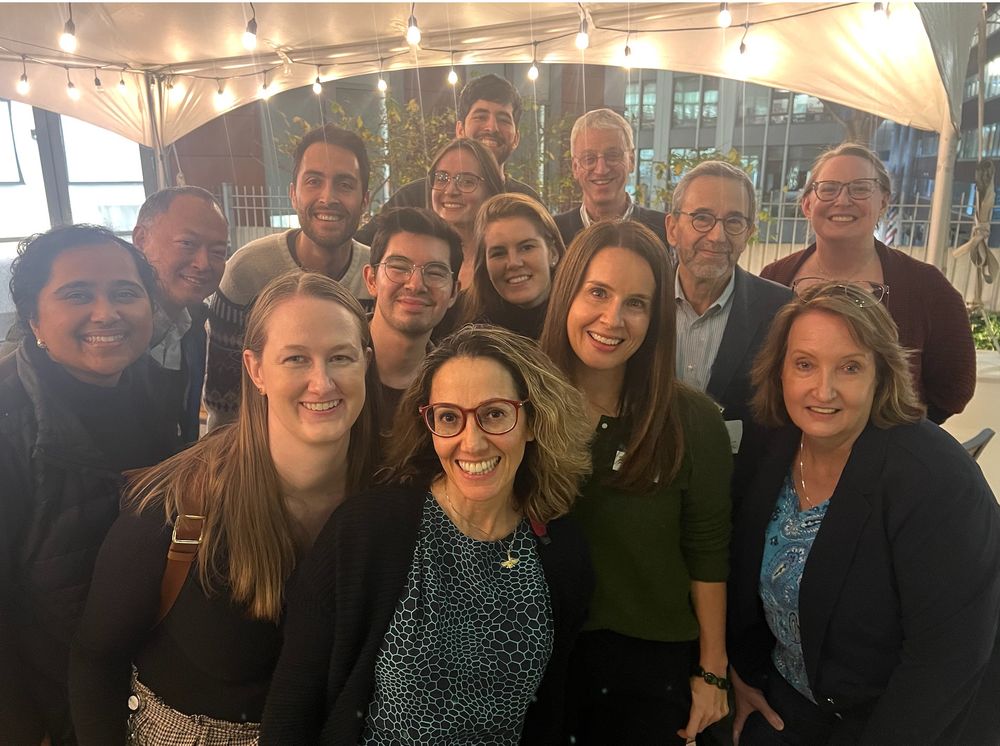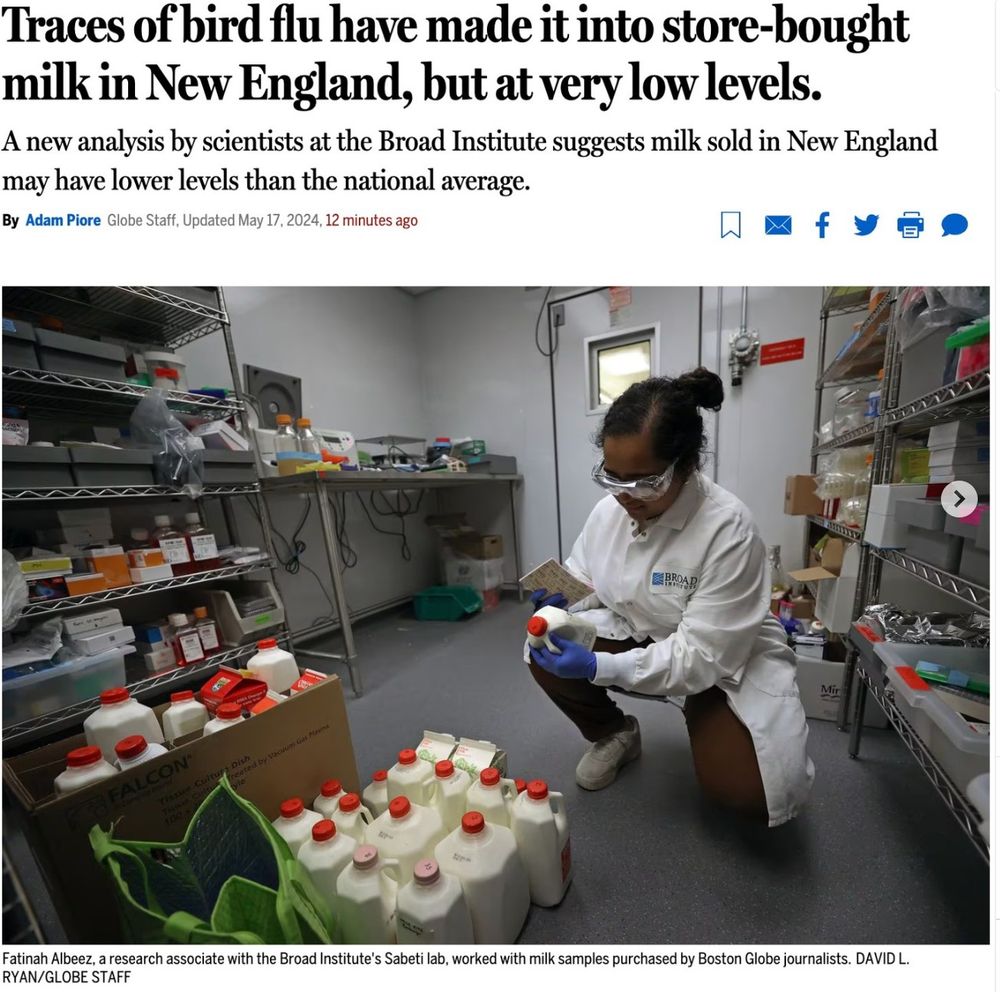





#Phylogenetics 14/17
#Phylogenetics 14/17
⚡ Faster outbreak analysis
🎯 Better sampling
🧩 Richer modeling
📊 New analysis tools
And we’re just getting started.
13/17
⚡ Faster outbreak analysis
🎯 Better sampling
🧩 Richer modeling
📊 New analysis tools
And we’re just getting started.
13/17

